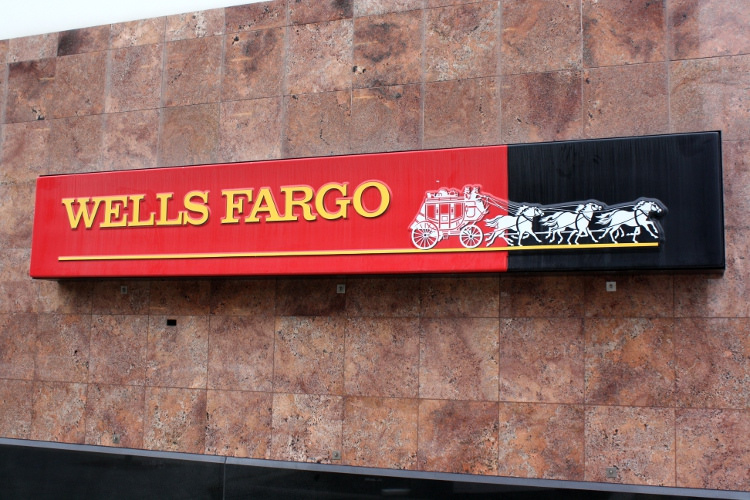When it comes to corporate scandal, the last few years haven’t been in Wells Fargo’s favor. From 2011 to 2016, at least two million fake deposit accounts were created, with 500,000 more unauthorized credit card applications. In total, these accounts generated over $2.6 million in fees for the bank and plenty of public scrutiny. The bank was ordered to pay $185 million in fines to City and Federal regulators and thereon had to work to rebuild customer trust and reputation.
Now the bank is facing, even more, scrutiny around its auto-insurance policies. The bank had been forcing unneeded GAP insurance on customers financing their auto purchases. GAP, an acronym for “guaranteed asset protection” helps customers pay off their auto loan balance if their car was a total loss in a car accident.
GAP is a practical investment for people interested in protecting their auto assets, in that it prevents consumers from being saddled with a loan balance after a car accident. Asset protection strategies such as investing in GAP insurance, are designed to prevent unnecessary hassle and expense. A total summary of GAP benefits include…:
- Payable in the event of a total loss
- Covers the difference (in most instances) between the scheduled loan pay-off amount and the asset’s actual cash value net of refunds
- Covers a customer’s primary insurance deductible up to $1,000 (where state allowed)
- Protection for vehicles with a loan amount of up to $100,000 at the time of purchase
- Up to 84 months of protection available
GAP is also a wise product to be pushed by banks, as it insures the repayment of loan balances in the event consumers find themselves unable to pay. Unfortunately for Wells Fargo, many of their customers didn’t want the GAP insurance protection, or, if they did had expected to be reimbursed for the cost of the insurance after it was no longer needed by them. Laws in Alabama, Colorado, Indiana, Iowa, Maryland, Massachusetts, Oklahoma, Oregon, and South Carolina require that customers get unused insurance money back.
GAP insurance may be a sensible asset protection strategy for consumers; however, when unused, it can be an unnecessary expense. In this case, Wells Fargo made a definite error with their customer’s policies; however, customers should remain alert about their various investments and expenditures regardless of the institution involved.

